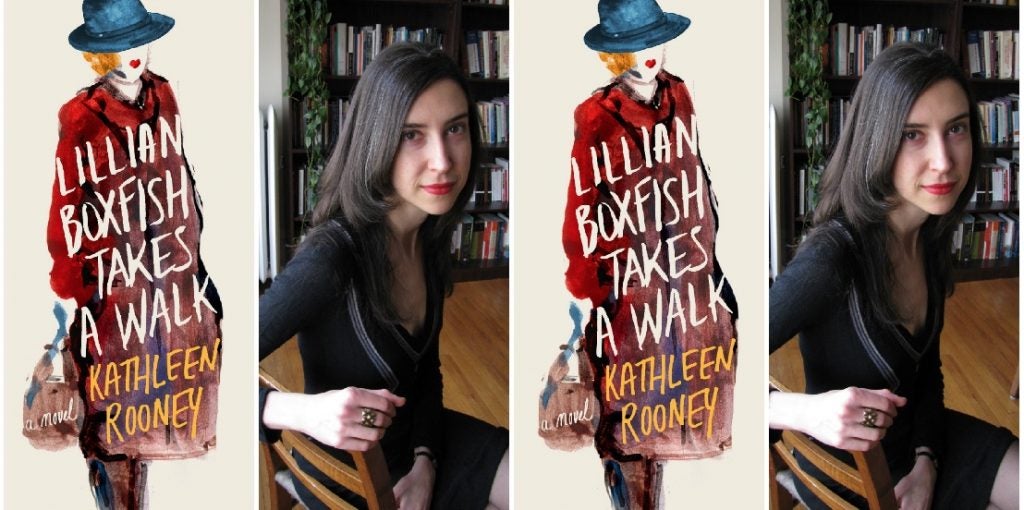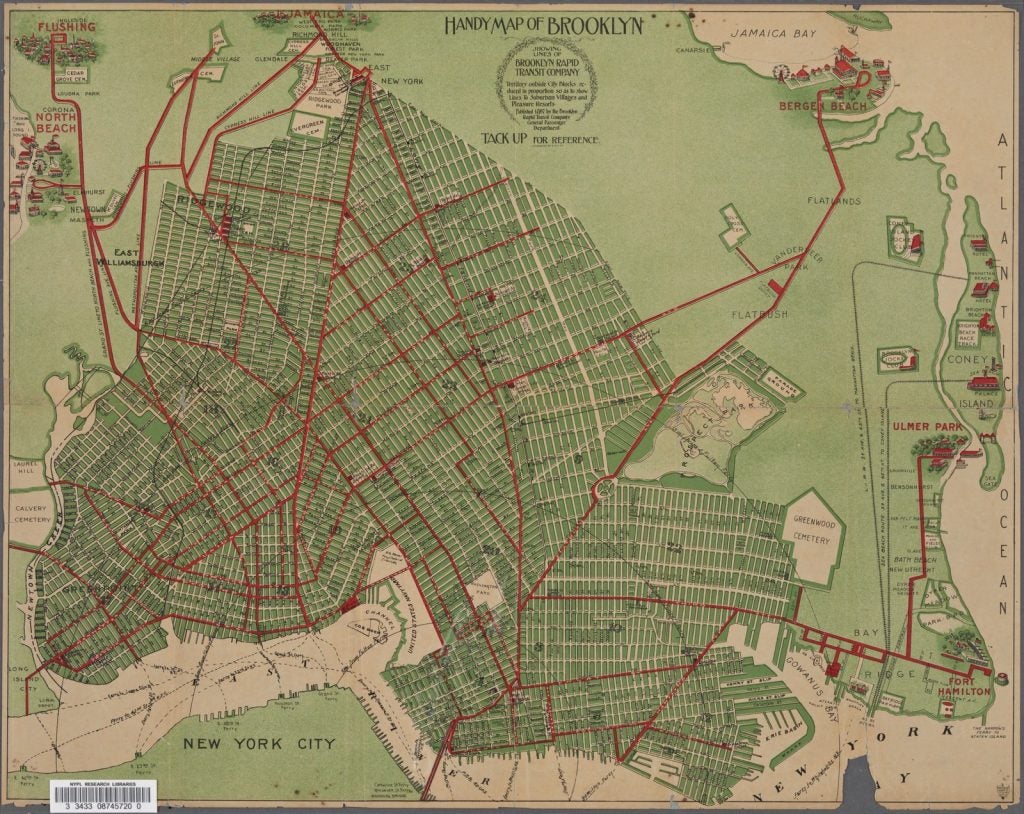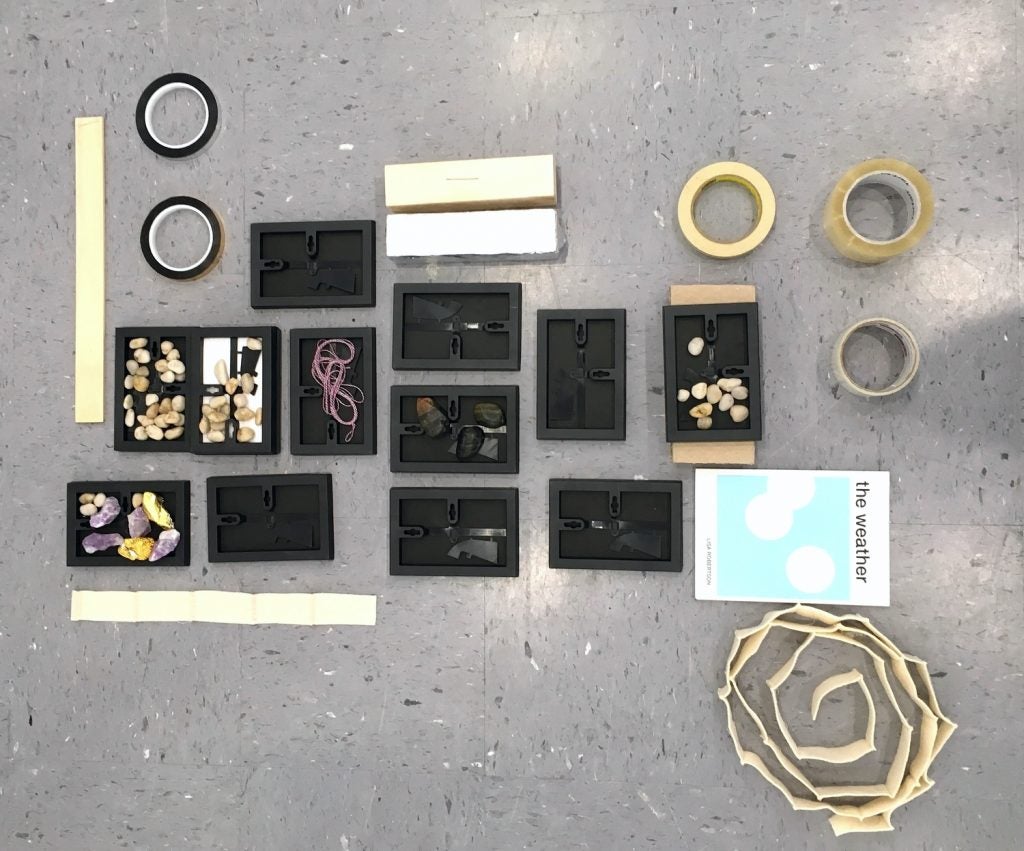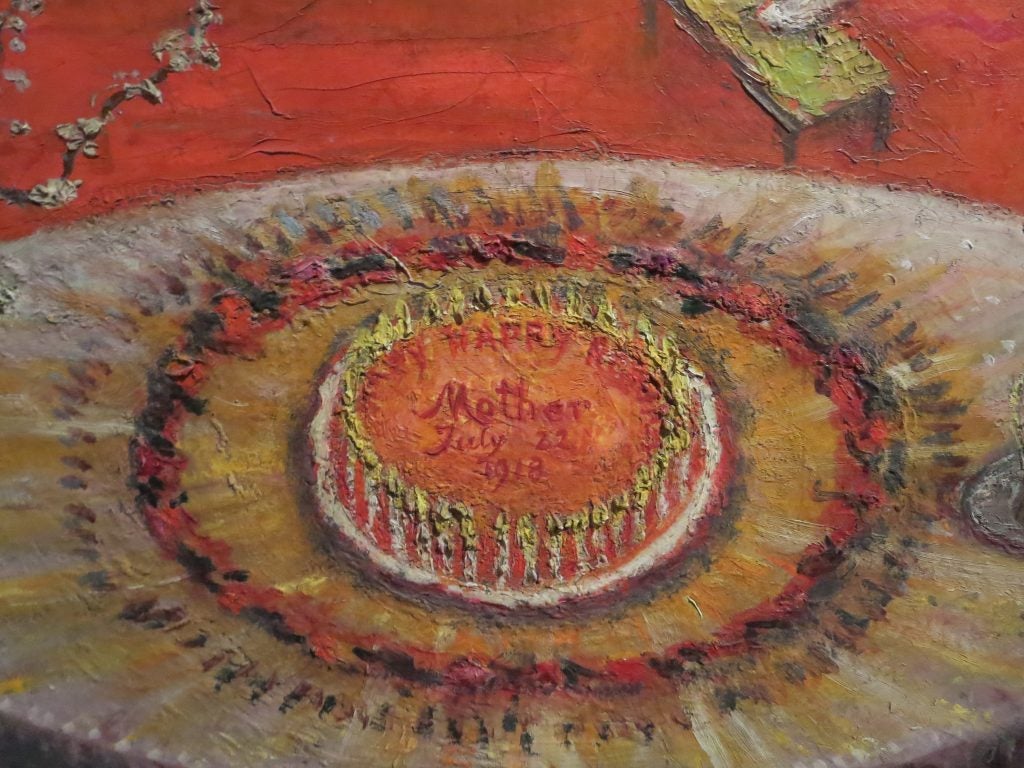* Mary Camille Beckman *
Just like my first summer in the Midwest, this year it’s been relentlessly hot, surprisingly humid, and in my apartment, ever un-air conditioned. In July, I stripped my bed of its quilt and sheets, placed a fan in front of every window, almost cracked a tooth chewing ice. My cat has been nibbling on her Tender Vittles only infrequently, yawning often, and shedding continuously. She stretches out day and night on the cool tiles between the toilet and the shower. I’ve been eating mango popsicles for dinner. This kind of heat—the kind that makes most movement absurd or impossible, robs you of your appetite, colors everything bright, wilts people and plants alike—is the subject of Florine Stettheimer’s 1919 painting titled, you guessed it, Heat.
* Mary Camille Beckman *
Just like my first summer in the Midwest, this year it’s been relentlessly hot, surprisingly humid, and in my apartment, ever un-air conditioned. In July, I stripped my bed of its quilt and sheets, placed a fan in front of every window, almost cracked a tooth chewing ice. My cat has been nibbling on her Tender Vittles only infrequently, yawning often, and shedding continuously. She stretches out day and night on the cool tiles between the toilet and the shower. I’ve been eating mango popsicles for dinner. This kind of heat—the kind that makes most movement absurd or impossible, robs you of your appetite, colors everything bright, wilts people and plants alike—is the subject of Florine Stettheimer’s 1919 painting titled, you guessed it, Heat.








